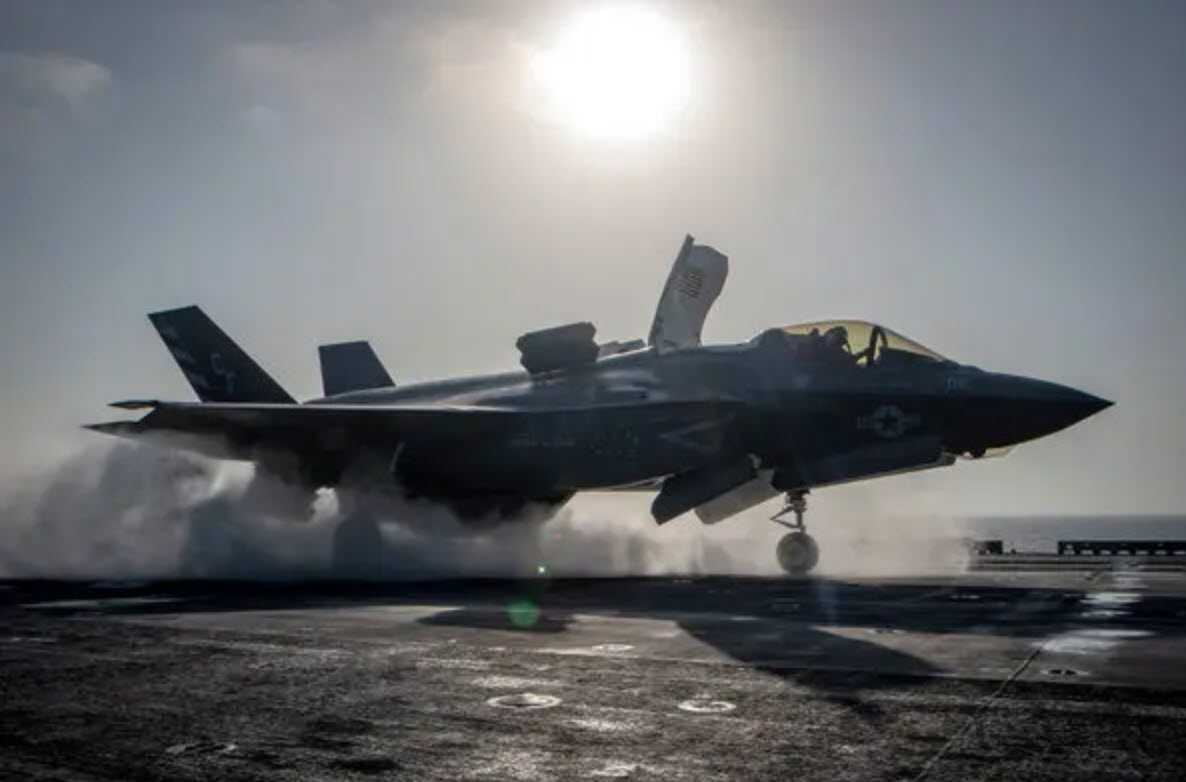As a former flight safety officer and T-38 instructor pilot, I’m trying to read between the lines as F-35 Lockheed Martin strike fighter jets are grounded. One crashed last week in South Carolina near where I used to live.
It looks like maintenance officers may want a close look again at fuel tubes installed in some of the F-35B fleet. The F-35 fuel tube has been a known problem with the F-35 fleet. There have been faults with a spinning blade in the aircraft that is supposed to stop debris from flying into the engine. The F-35 has encountered other problems in his history, with helmets and engine fires.
Over in Europe where I live, Israel, Britain and other allies must ground their F-35 aircraft as well until ruling out possible material discrepancies. The American military has around 220 F-35s in the flying inventory. The incident aircraft was assigned to a USMC wing at Beaufort, South Carolina.
The F-35 first flew in 2006 and it entered service in 2015. The single-seat, single-engine, all-weather stealth multirole combat aircraft performs both air superiority and strike missions. Some of the jets are already aboard Navy ships and have been used to complete successful airstrikes in Afghanistan.
The Marine pilot involved in the crash had been flying back to Marine Corps Air Station Beaufort after his aircraft had begun to malfunction. The pilot ejected safely, landing outside the perimeter of Joint Base Charleston where I flew as a C-141 instructor pilot.
The F-35 has often been called one of the most expensive weapons programs in history; each jet costs between $80 million and just over $100 million. It costs roughly $50,000 each hour to fly the aircraft, which is capable of avoiding enemy radar and uses a highly advanced software system.
By contrast, the C-141 aircraft I once flew cost around $10,000 per hour to fly.
I pulled information for this post from a private Facebook group in 2023, from Wikipedia, and from notes published in the New York Times by Thomas Gibbons-Neff in 2018.
